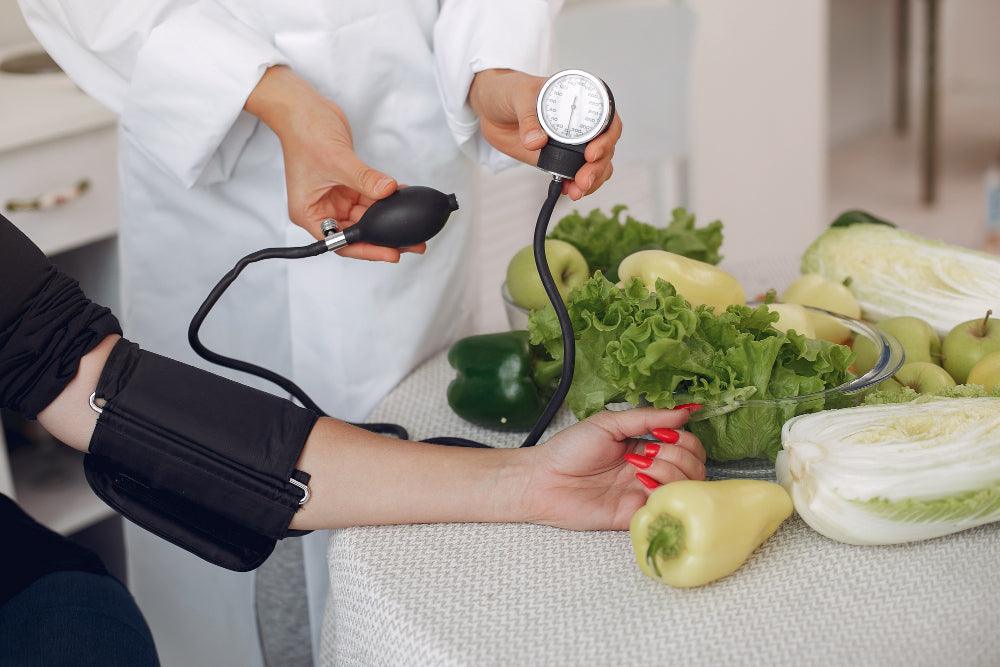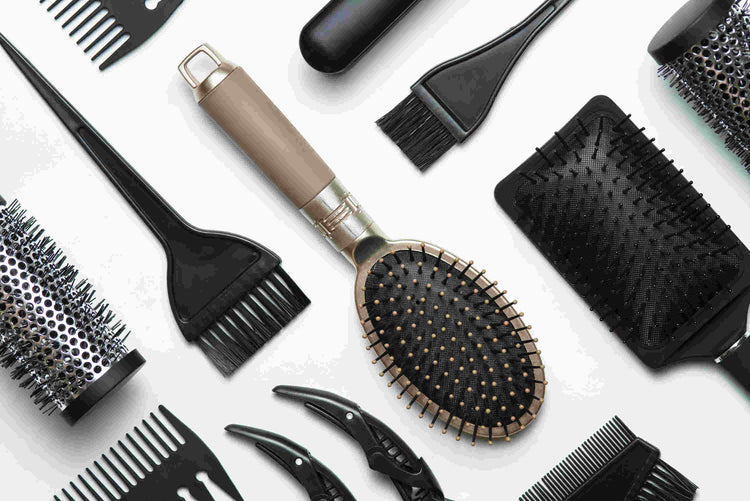HDL - "The Good Cholesterol"


Cholesterol. Fat. Bad foods. HDL. LDL. These are all words that you might hear your doctor say. But what do they mean?
This article will cover everything you need to know about High-Density Lipoproteins- or HDL, otherwise known as good cholesterol.
Essentially, HDL is a lipoprotein that has more protein than fat, and they remove the bad cholesterol from your arteries. But there is a bit more to it than that. See below for more information and explanations on medical terminology.
Before talking about "HDL", we need to establish another keyword. Cholesterol.
You hear it in these health documentaries. Alternatively, you might even have a friend who tells you to avoid certain foods because they are high in cholesterol. Several companies even claim that their products lower your cholesterol. But what exactly is cholesterol?
Cholesterol is a waxy, fat-like substance that our bodies make. We can get extra cholesterol from eating meat or processed foods. However, generally, our body does a great job at making it.
Cholesterol is a vital part of the cell membrane. It is also needed to make oestrogen and testosterone, take in vitamin D from the sun, and create bile acid in our stomachs.
Learn more about cholesterol on our information page here.
High-Density Lipoprotein (HDL) is an essential fat/protein particle that allows fat/protein to flow through water to the bloodstream through a lipid. HDL is a smaller lipoprotein with a high ratio of protein-cholesterol content. Typically in healthy individuals, HDL has around half the cholesterol in the blood while the remainder comes as LDL particles. The HDL particles have numerous proteins, the most important being the apolipoprotein A1 (Apo A1).
When you hear the word "cholesterol" in the media, you might immediately think that all of it is bad and should be avoided at all costs.
But, the truth is that there is good and bad cholesterol.
When someone tells you to "lower your cholesterol", they ought to tell you to lower your "LDL- Low-Density Lipoproteins". The kind of cholesterol that clogs up your arteries.
Good cholesterol, also known as HDL (or High-density lipoproteins), gets rid of excess cholesterol by carrying it to your liver to be destroyed.
LDL and cholesterol are words often wrongly used synonymously. But, it's still important to understand why LDL can be so dangerous when we have too much of it in our bodies. If you would like to understand more about LDL Cholesterol read our article here.
As mentioned earlier, LDL is the fat that clogs up arteries.
Arteries are essential for us, as they allow blood to travel from the heart to the rest of the body. However, if they become clogged, this blood will not travel, and our cells will be unable to get the nutrients we need.
The result is often a stroke or heart attack.
To measure your HDL and LDL levels, see our at-home Cholesterol Blood Test here.
HDL stands for "high-density lipoprotein". The first word of that sentence that you need to understand is "lipoprotein".
A lipoprotein is a chemical structure made of a lipid and a protein.
Firstly, a lipid is anything that won't dissolve in water—for example, candle wax, fat, and oil. If you mix oil with water, the oil will float to the top.
Almost all lipids are made of hydrogen, carbon, and glycerol.
You often hear that certain foods are "very high in protein". But not many people know what protein is.
Proteins are long and complex molecules made up of amino acids. Since all our cells are made of proteins, getting enough in your diet is essential.
Both HDL and LDL are lipoproteins.
But did you know that protein is far denser than fat? HDL, as the name suggests, has more protein than LDL.
You'll find about 50% fat (lipid) and 25% protein in a typical LDL. But compare that to an HDL, where you'll find just 20% fat and 50% protein.
LDL and HDL also have different types of protein- but that doesn't matter too much for now.
Near the beginning of this article, we mentioned that good cholesterol (HDL) could help lower bad cholesterol (LDL). But how does it do this?
When LDL latches onto your arteries, it becomes a foam-like substance. A small amount is unnoticeable, but it can become a big problem when the foam builds up.
HDL, however, absorbs the foam and carries it to the liver.
Our livers help to break down harmful chemicals that come into our bodies. The HDL will deposit the foam in the liver, which will break it down, and we expel it in our urine.
Tangier disease is an extremely rare disorder that results in a severe absence of HDL cholesterol, which reduces the level of LDL cholesterol in the body. Its origin is from a mutation in one of the proteins that transport cholesterol in cellular cells to HDL particles, which means cells cannot transfer cholesterol onto HDL particles when mutations occur.
Your cholesterol level is a crucial factor in heart health. For HDL or good cholesterol, high-level cholesterol is better. High-density lipoprotein cholesterol is also called "good" cholesterol as it removes cholesterol forms from our intestines. The presence of HDL cholesterol helps reduce the risk of cardiovascular disease. Cholesterol is a waxed substance in every cell that is used for several important functions. This passes through the body and binds proteins. This protein can also be termed lipoproteins. You can increase your HDL levels by adding foods that are high in HDL to your diet.
If you're looking to raise your HDL levels, your diet is a great place to start. Some foods are naturally high in good cholesterol. This is not to say that you should avoid meat all the time, just that you shouldn't overeat it.
Pine nuts. Peanuts. Almonds. Hazelnuts. Whatever kind you prefer.
Cranberries, blackberries, raspberries.
Tinned, fresh, frozen.
You can either buy them from the shops or forage for yourself. If you choose the latter option, make sure you know which mushrooms are edible.
There are all sorts of beans on the market. Try as many as you can to find your favourite.
Even if you have a fantastic diet, you can still do other things to help lower your LDL and raise your HDL. Here are a few suggestions:
If you have a high body-fat percentage, this means that there is more chance of fat clogging up your arteries. Therefore, reducing your body-fat percentage to normal ranges would be recommended.
The excess weight on the abdomen is linked to diabetes because insulin does not regulate blood sugar. It causes metabolic syndrome, which results in high blood pressure and type 2 diabetes. The condition is accompanied by characteristic changes in fat patterns in the blood, which is commonly called dyslipidemia. Typically, triglycerides and high HDL cholesterol are accompanied by normal to slight LDL cholesterol levels. Besides being smaller, the LDL particle is more toxic on arterial walls.
Probiotic foods such as yoghurt or fermented foods such as sauerkraut help digestion.
Our bodies need to go outside to exercise and breathe in the fresh air. Staying inside all day is never healthy.
Eat well. It is advisable to only consume fat with a little caution.
Training: Become Active. It is possible to increase the HDL cholesterol from exercise duration and intensity but both are shown to be beneficial for health.
Increasing your cholesterol levels in the blood will help decrease cholesterol and reduce blood pressure. European Society of Cardiology guidelines for 2019 state that brisk daily exercise can reduce HDL cholesterol.
Studies have indicated that lowering levels of HDL cholesterol can contribute to Cardiovascular Disease (CVDs) as well as stroke, and high levels are more protective. HDL cholesterol was inversely correlated with adverse heart and stroke occurrences and HDL was a modifiable CVD risk factor. Recent data suggest, though, that higher concentrations of 1.4 Mmol/L may provide additional protective measures.
Before we end, it's essential to establish why learning about HDL is so crucial.
Our diets are not what they used to be. In the past, most people would only eat home-cooked meals. But, the increase in fast food, ready meals, and takeaways meant that more cholesterol is getting into our diet.
The NHS proves this with the masses of money they spend on helping people with obesity-related issues. However, the media doesn't always help. By portraying all cholesterol as the same, many don't realise that some cholesterol, such as HDL, is good for us.
So, instead of avoiding all cholesterol, it's better to learn the difference between HDL and LDL and try to increase HDL in your diet and lifestyle.
To check your cholesterol levels, order a Welzo at-home blood test today, click here.








Plus get the inside scoop on our latest content and updates in our monthly newsletter.